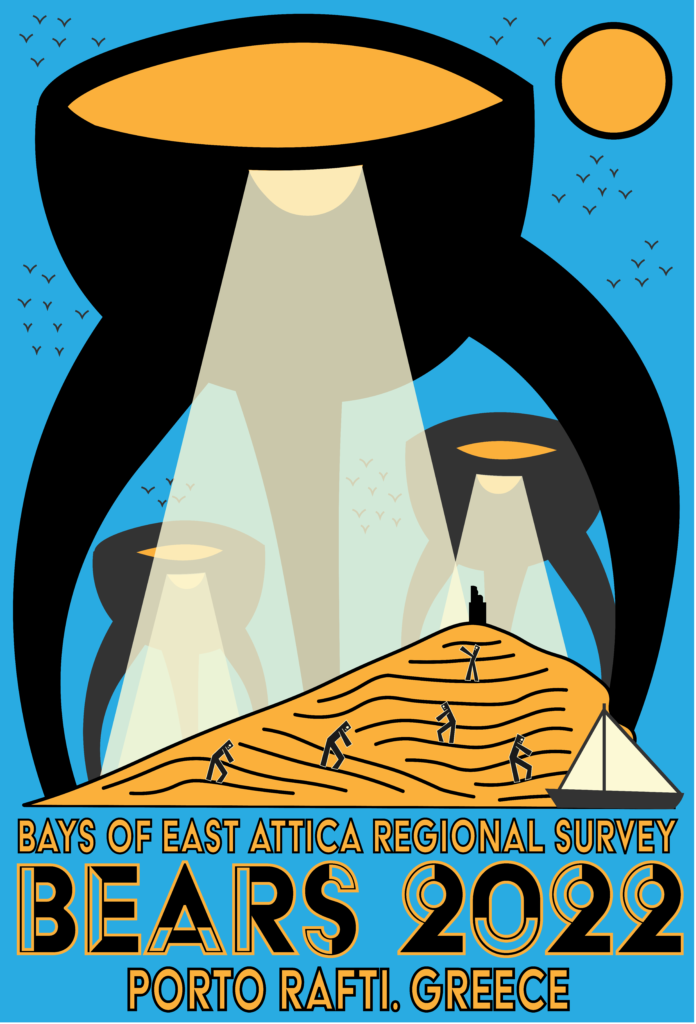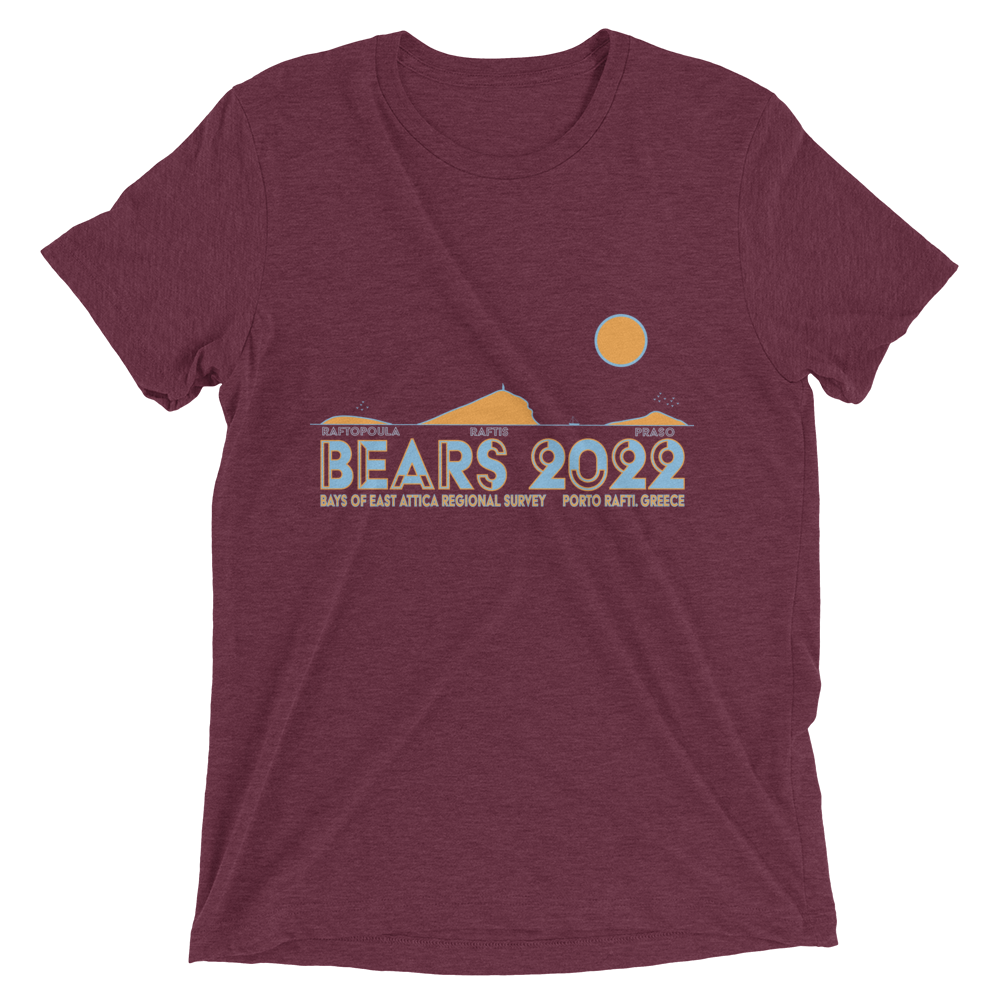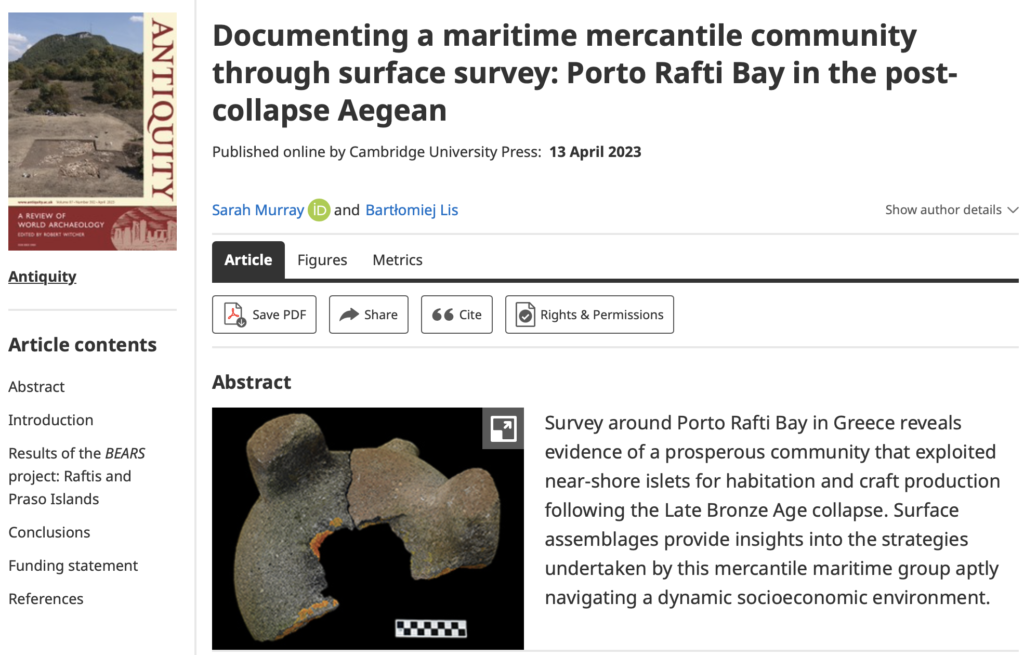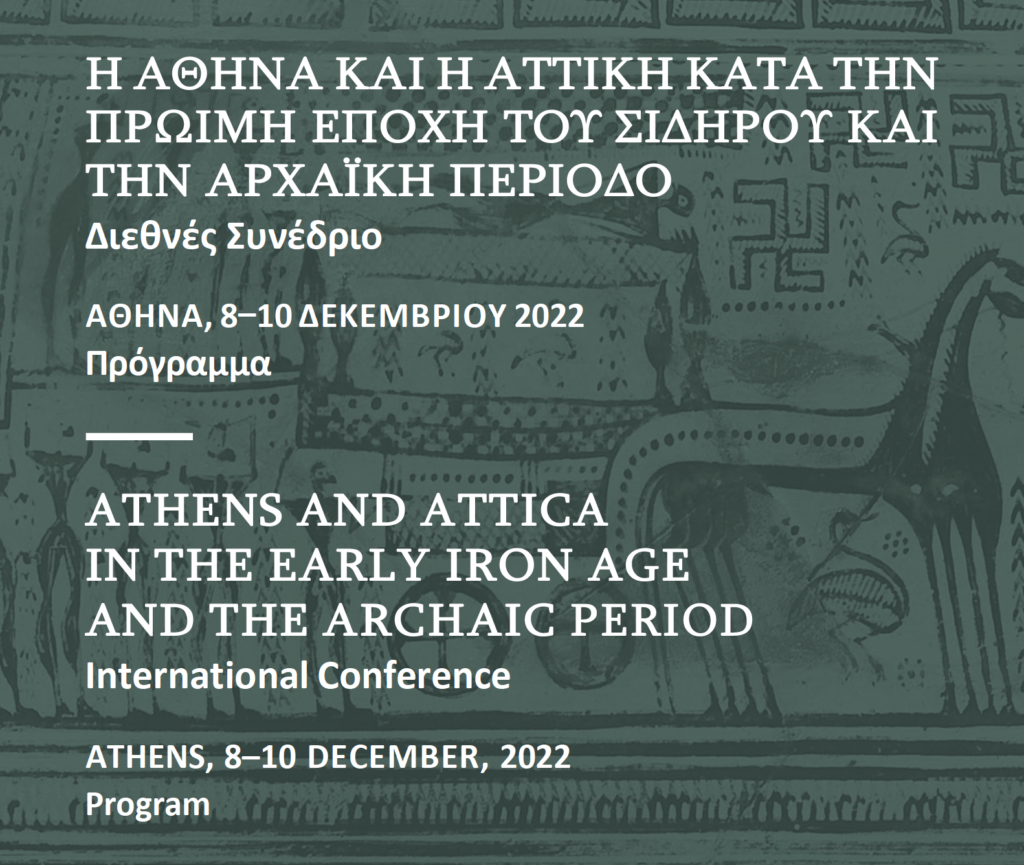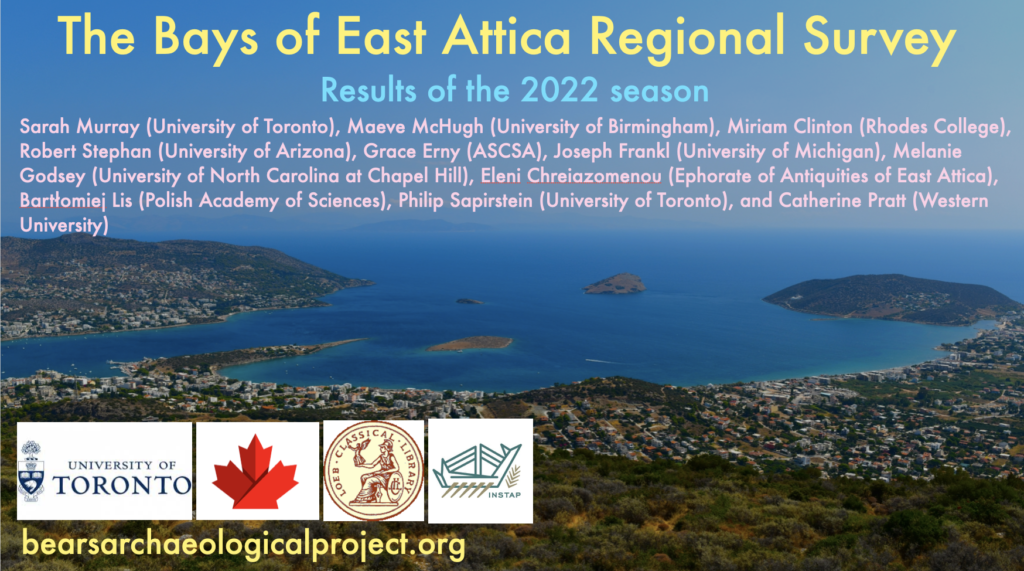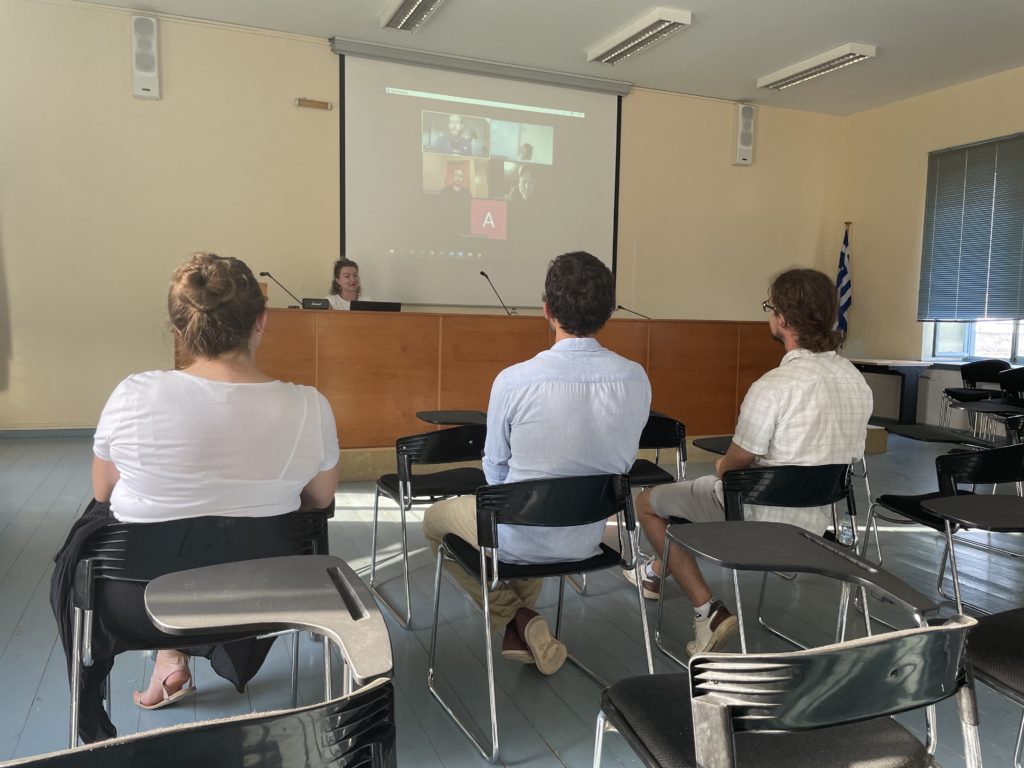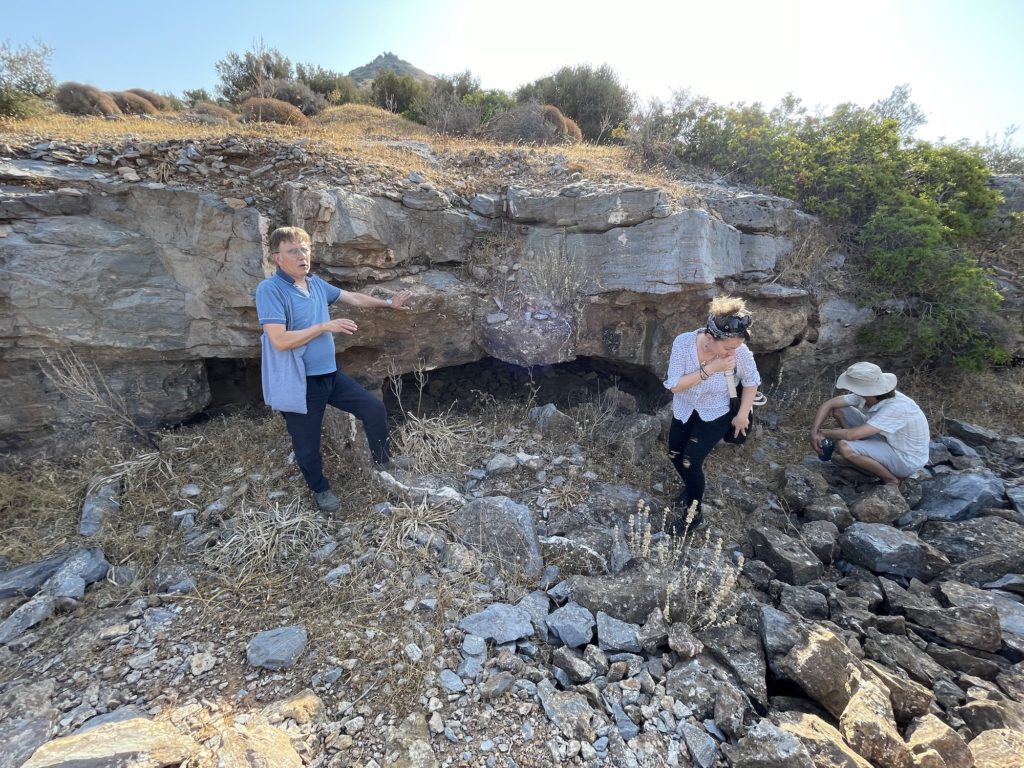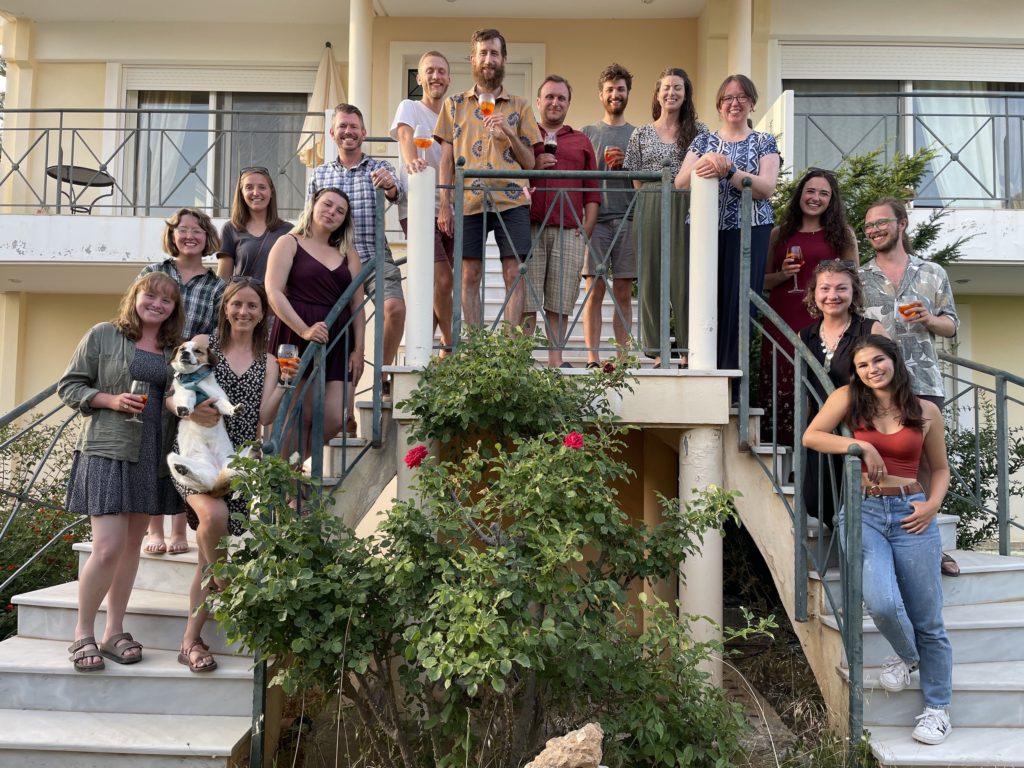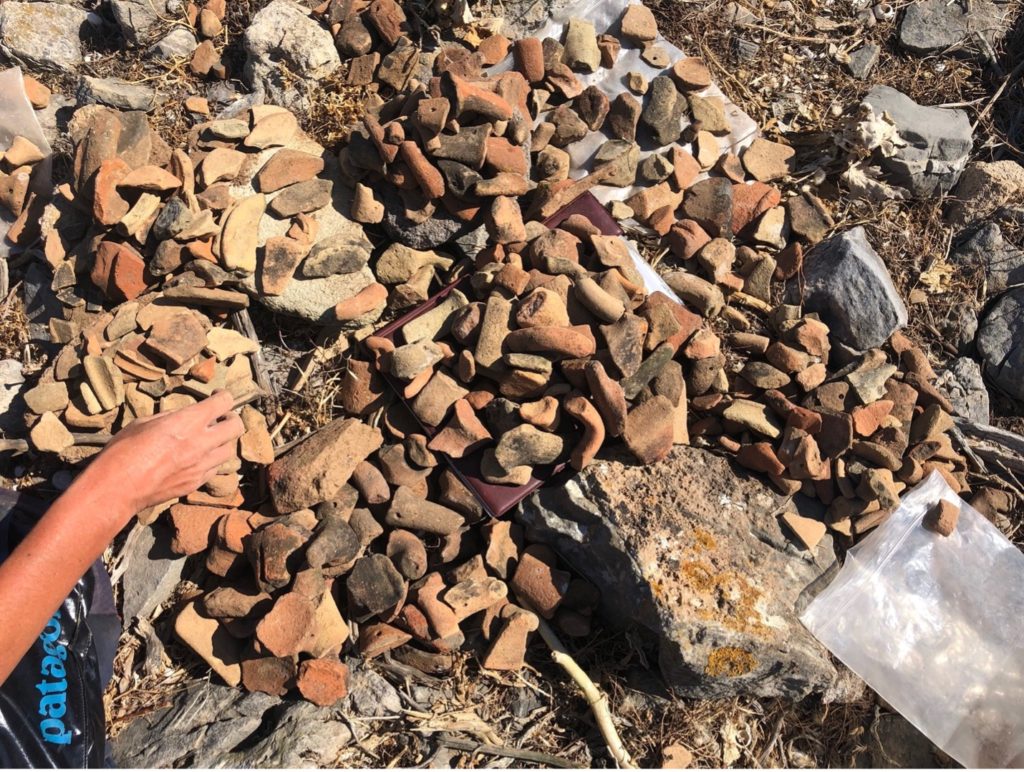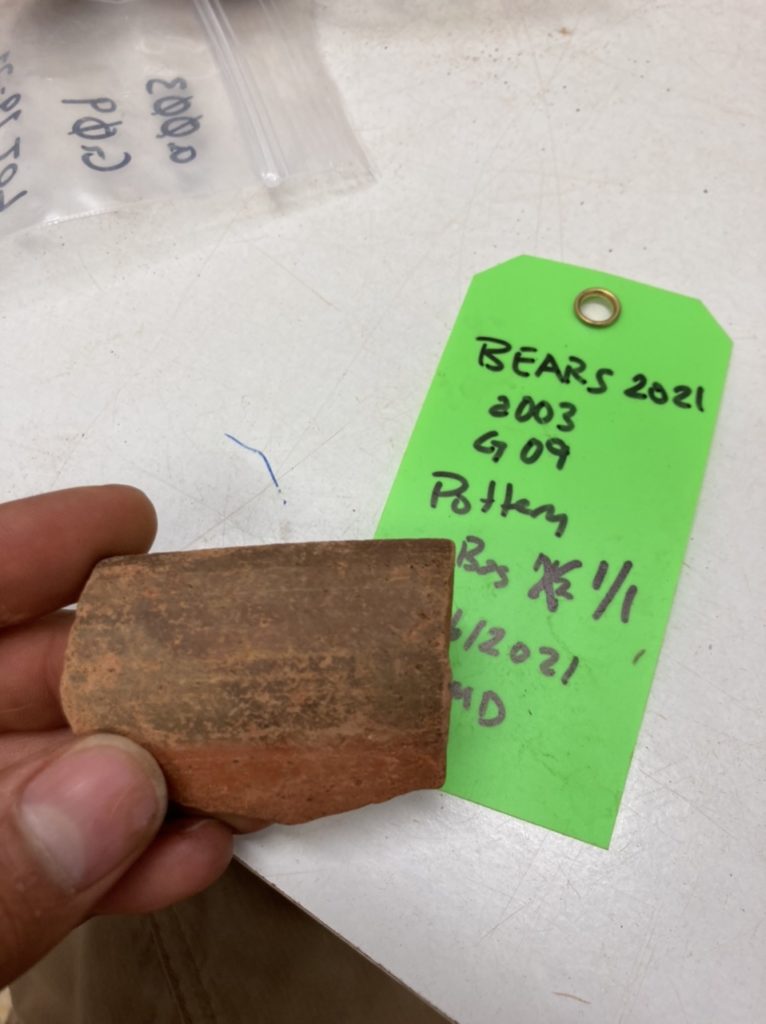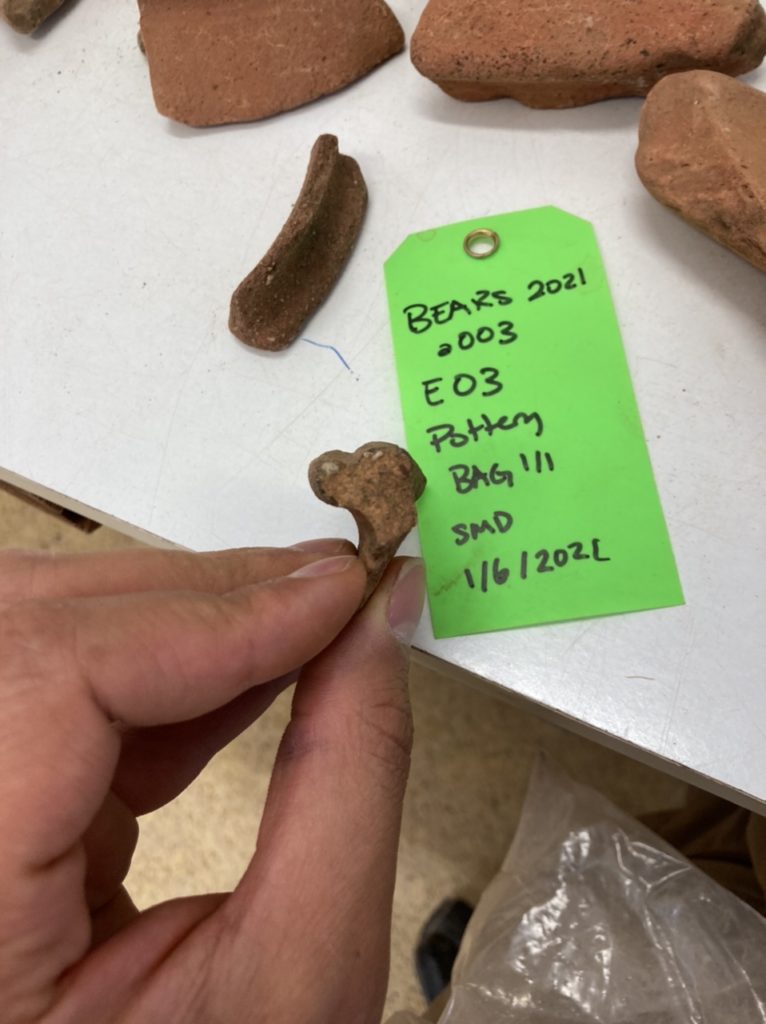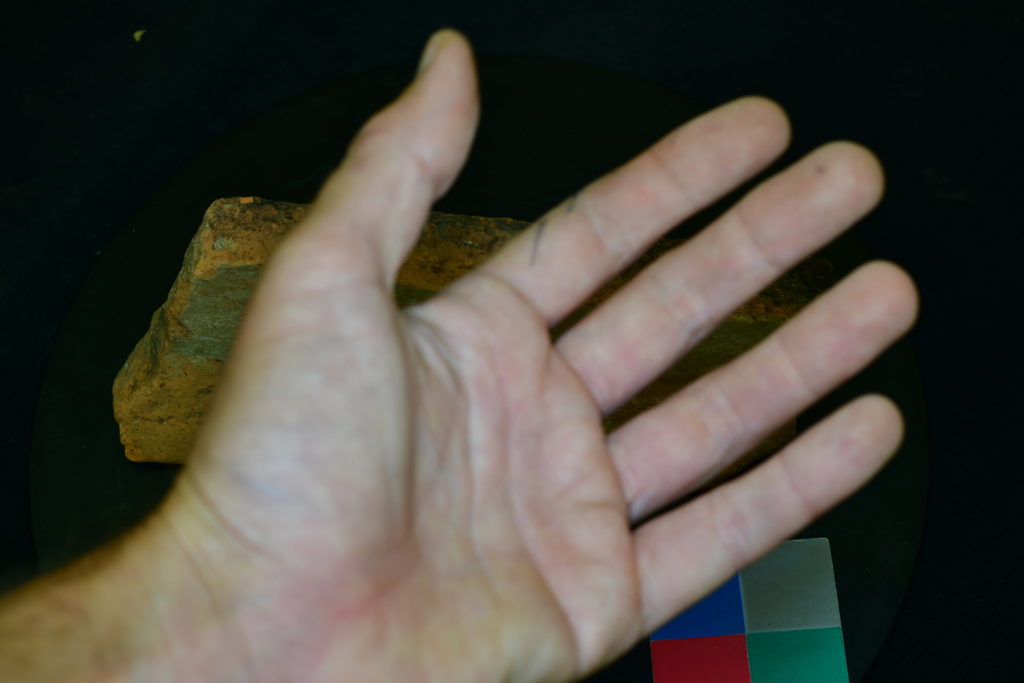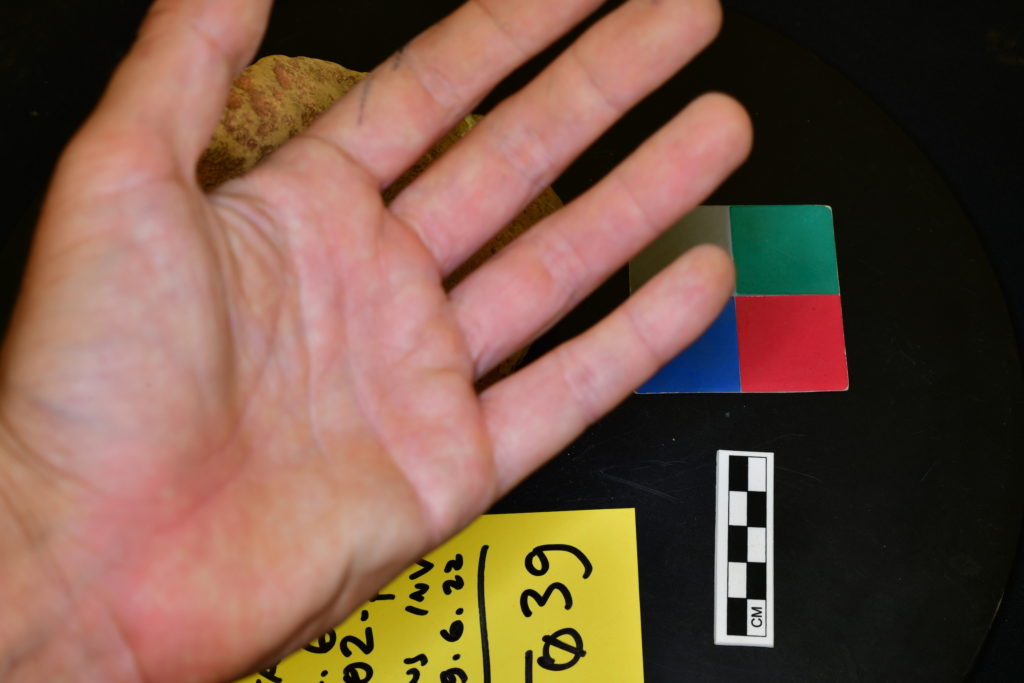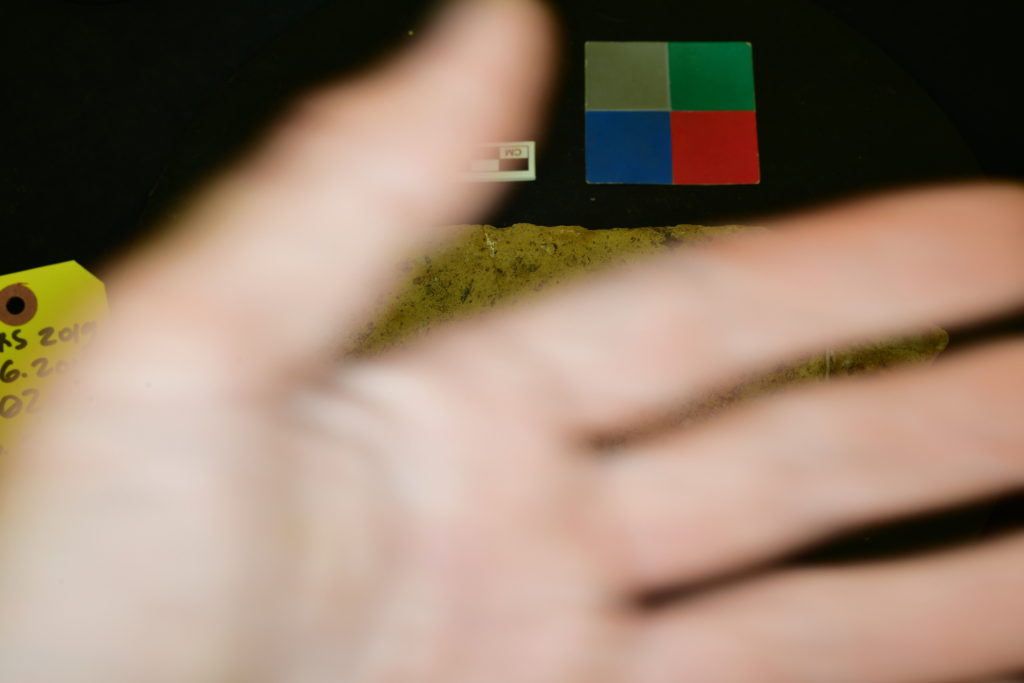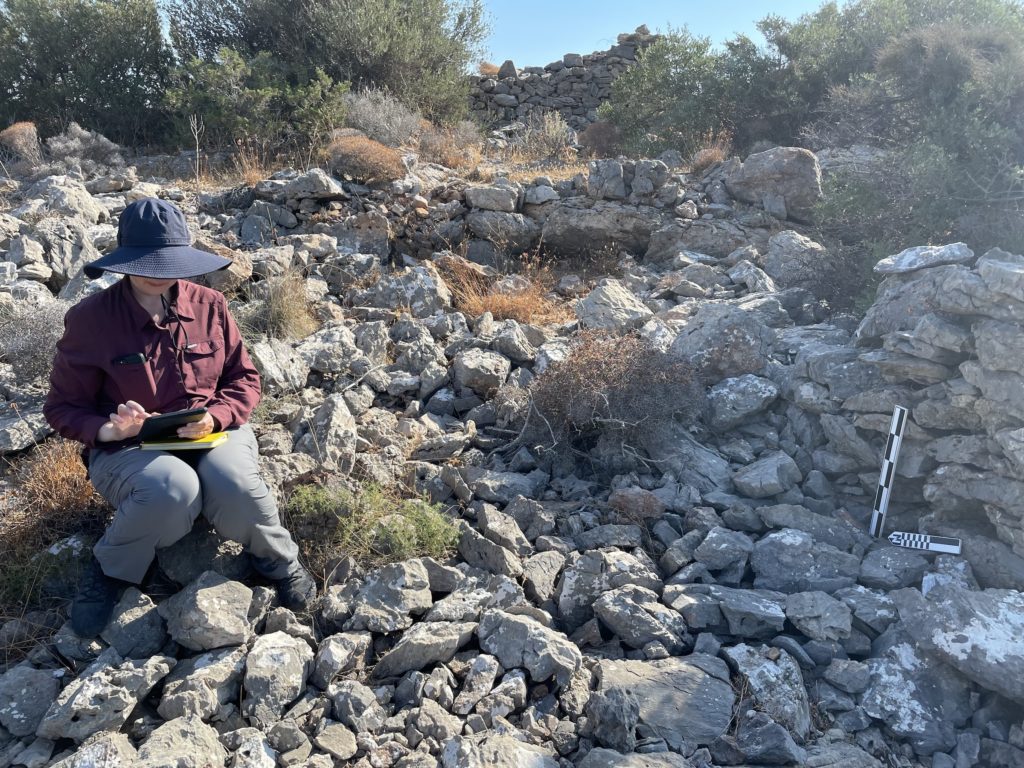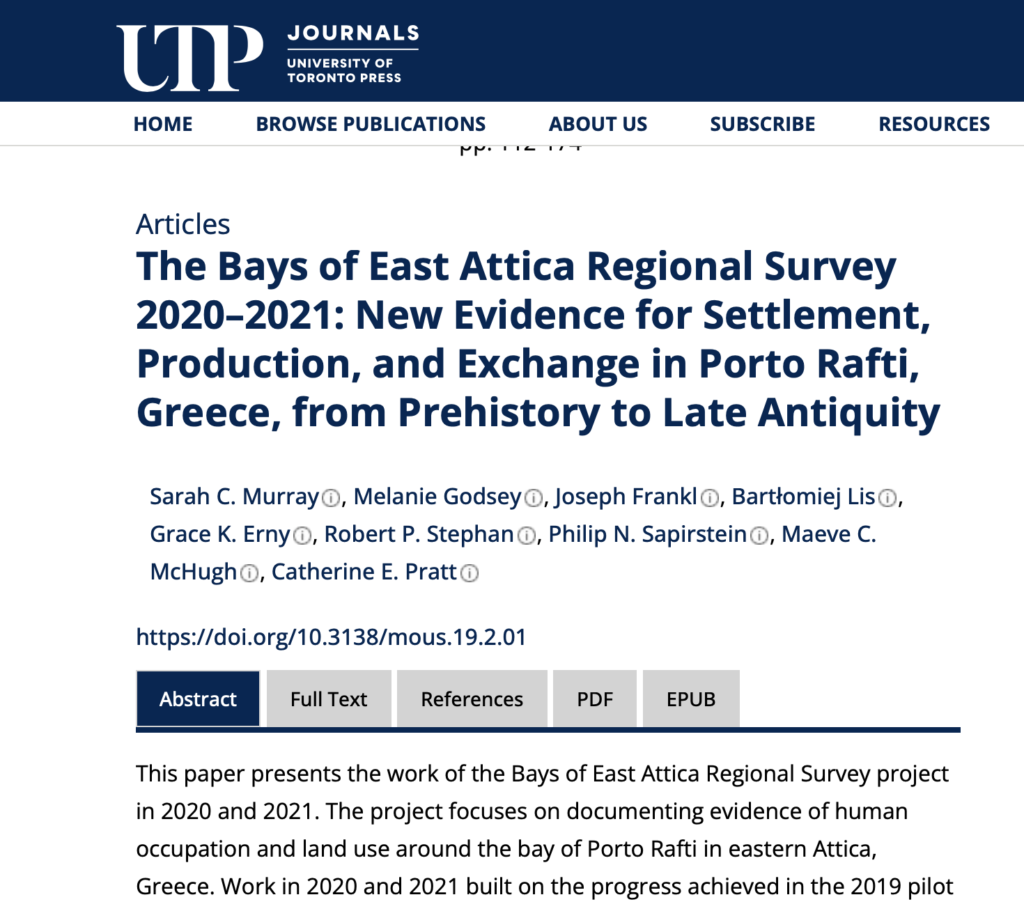
BEARS fans will be excited to learn that the preliminary report on the 2020 mini-study season and the 2021 season of survey on Praso and Koroni has just been published in the latest issue of the journal Mouseion.
https://doi.org/10.3138/mous.19.2.01
It’s quite the behemoth, with lots of great contributions from our crack team of surveyors and experts. If you’re dying to read and can’t get your hands on a pdf, don’t hesitate to zip us a note via email and we’ll send you a copy.

